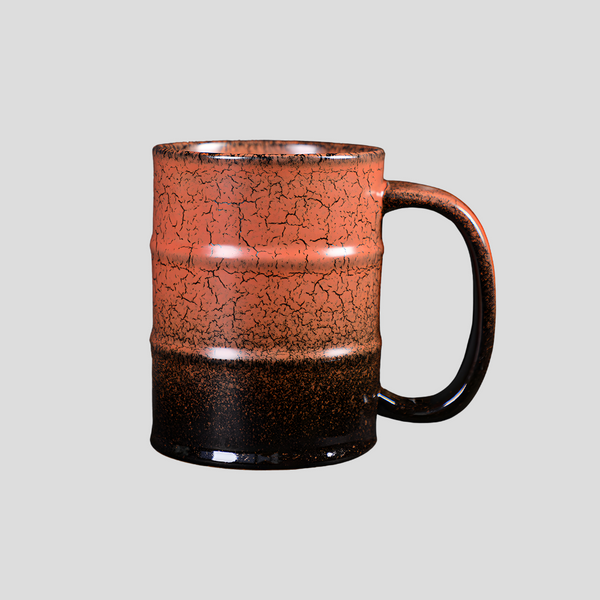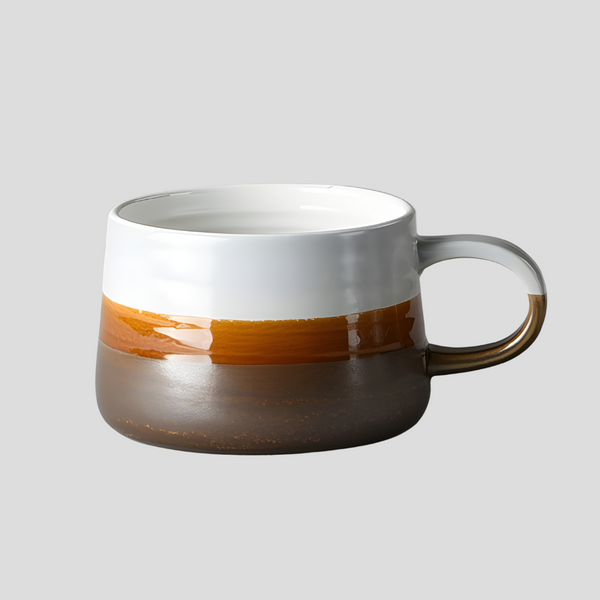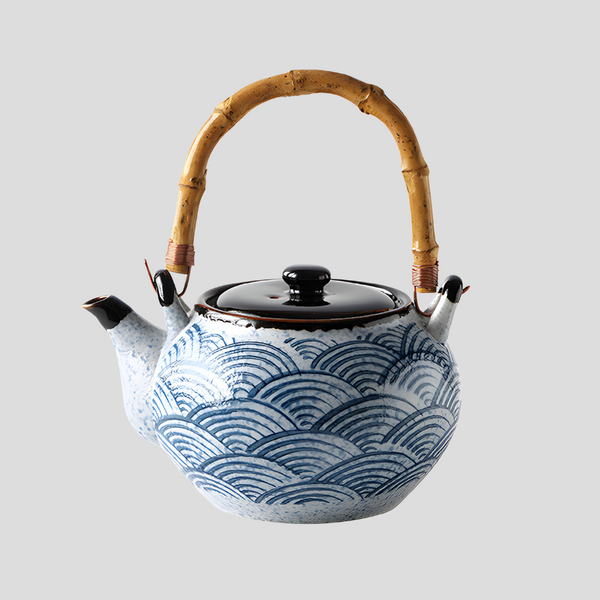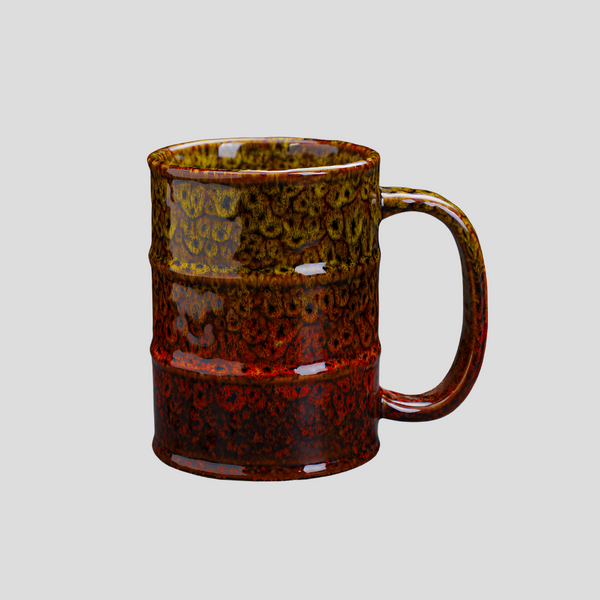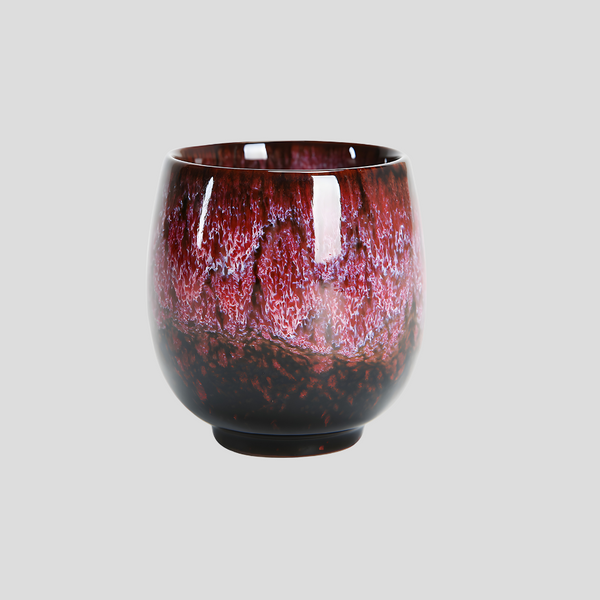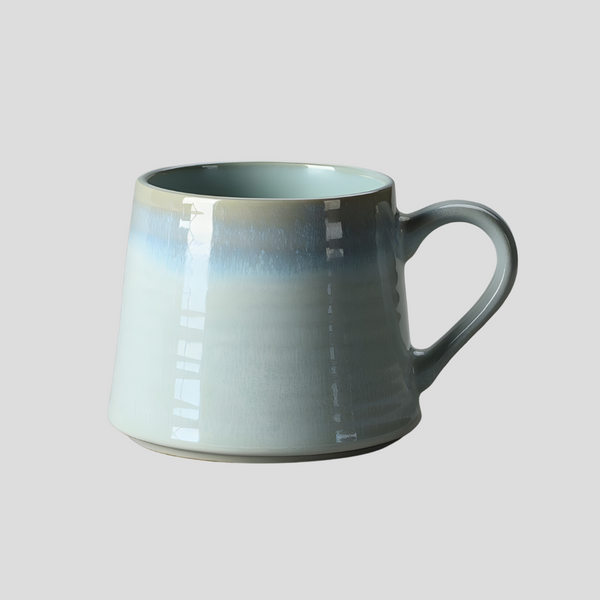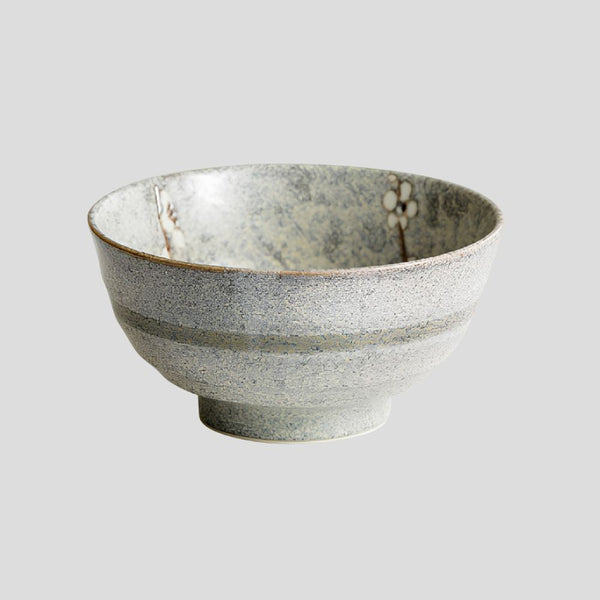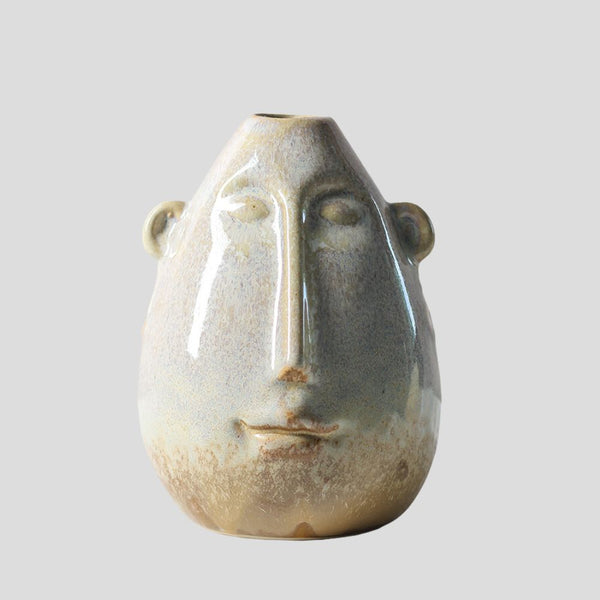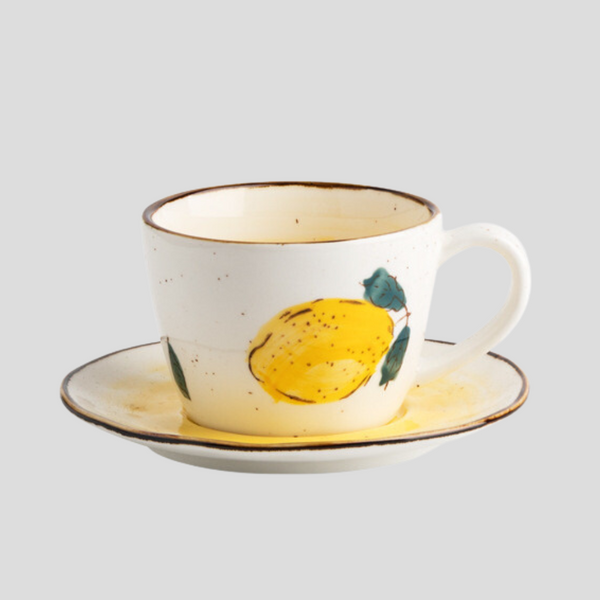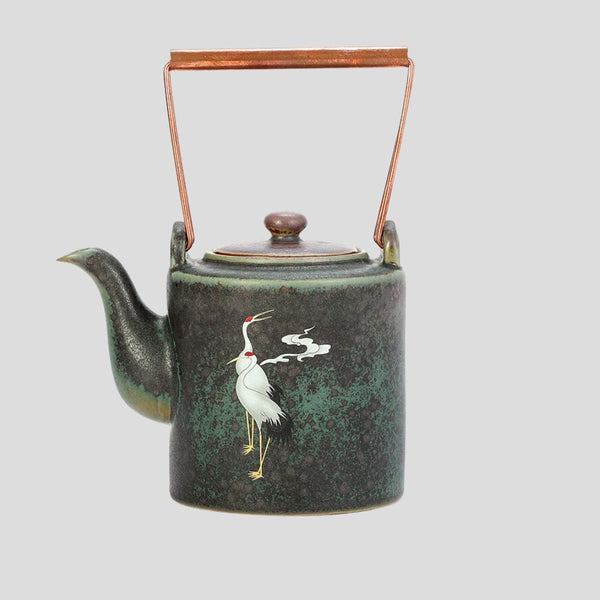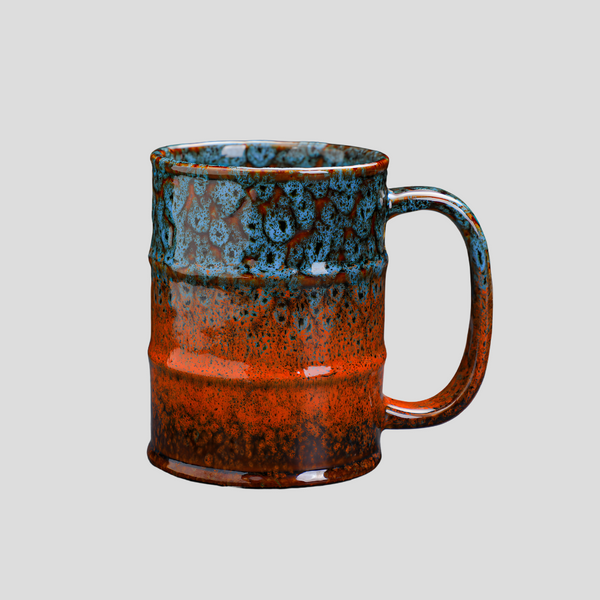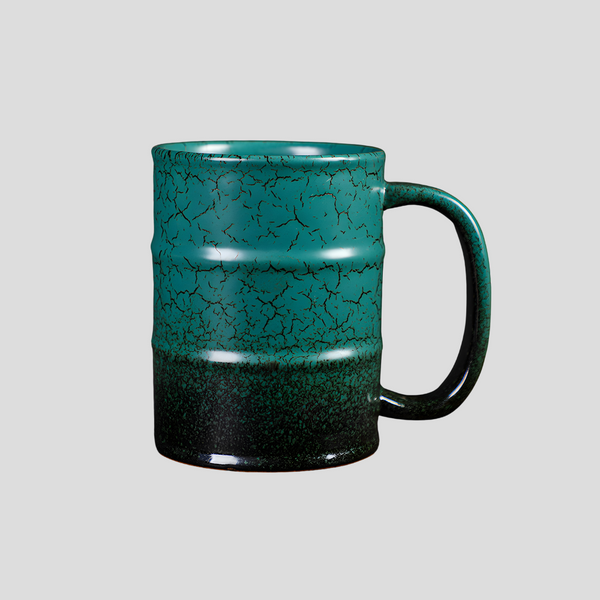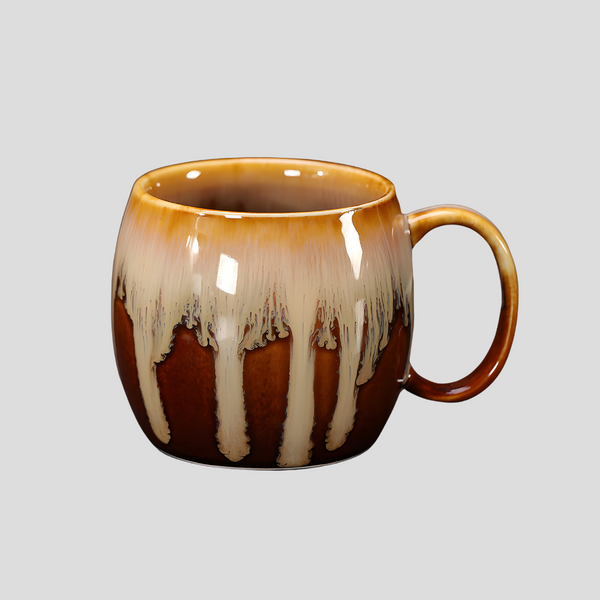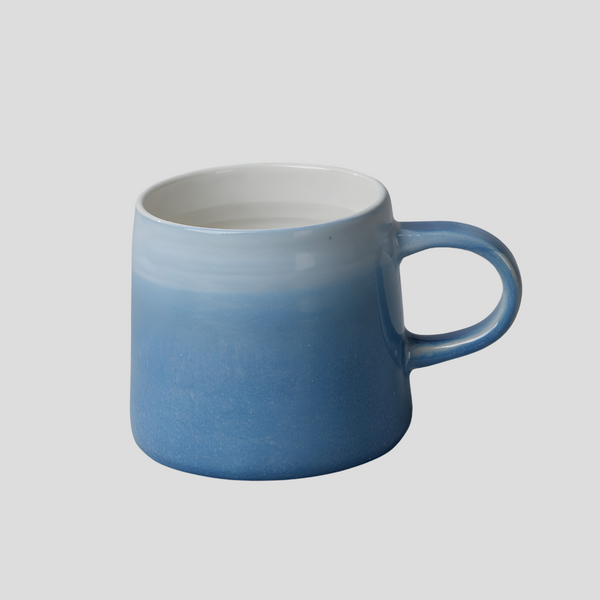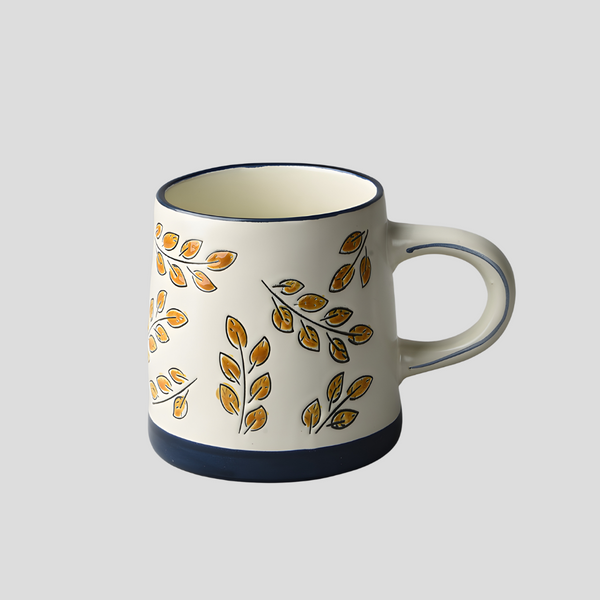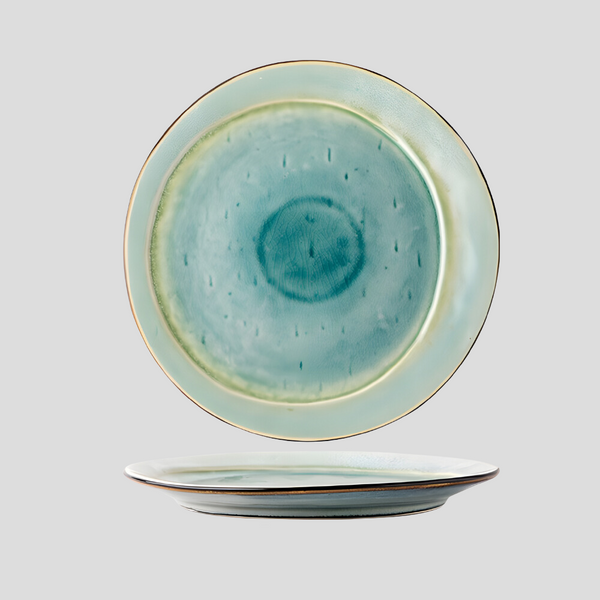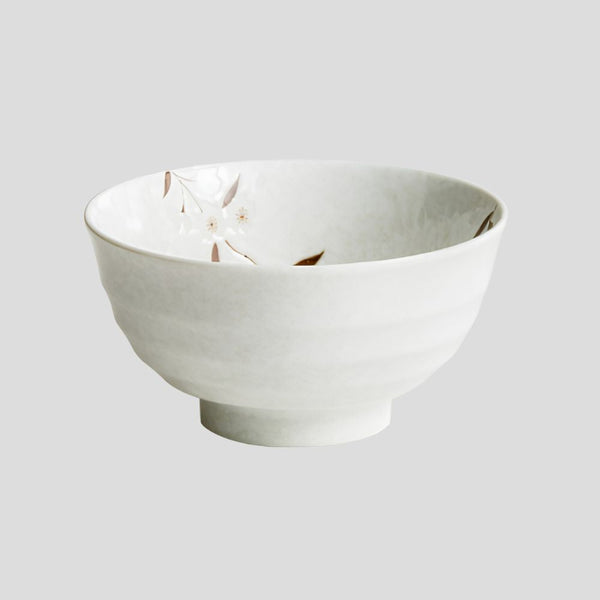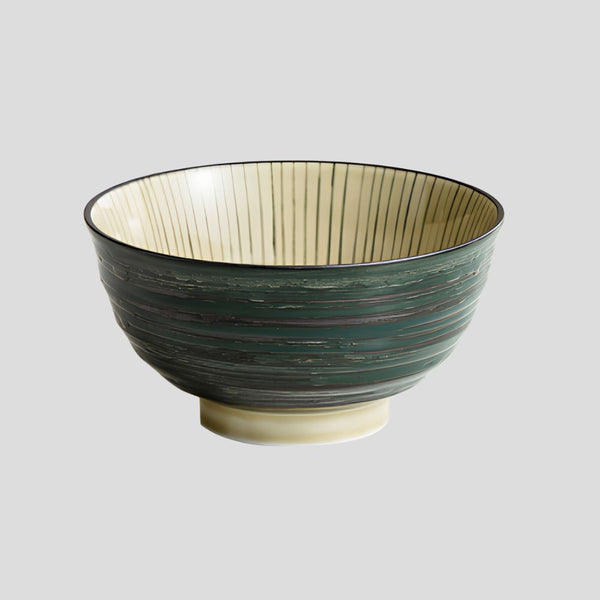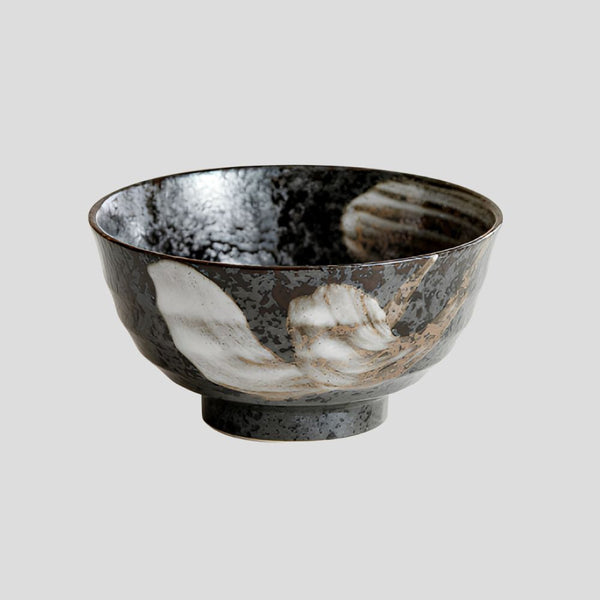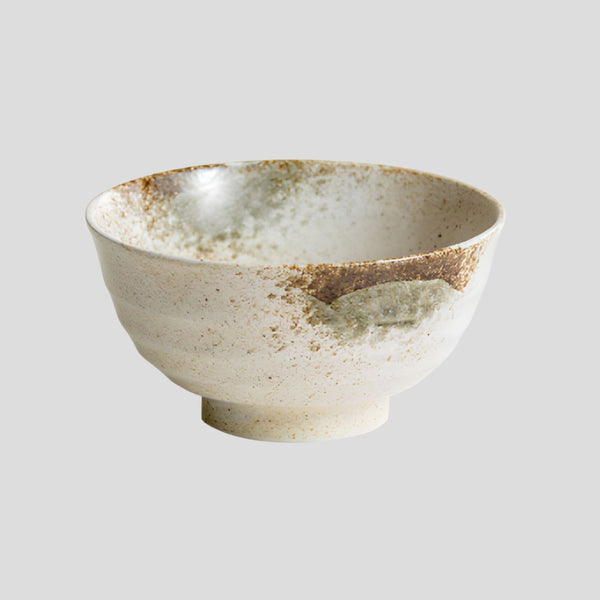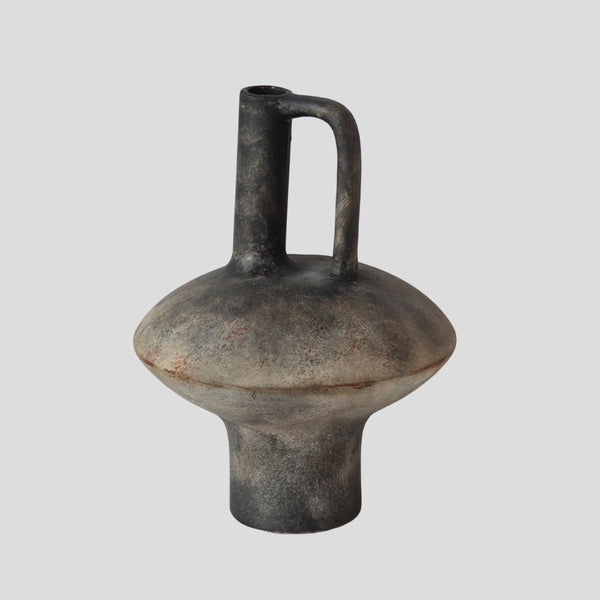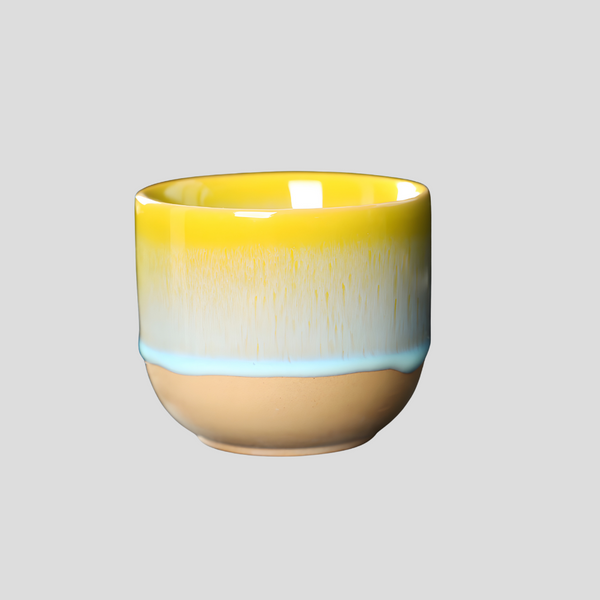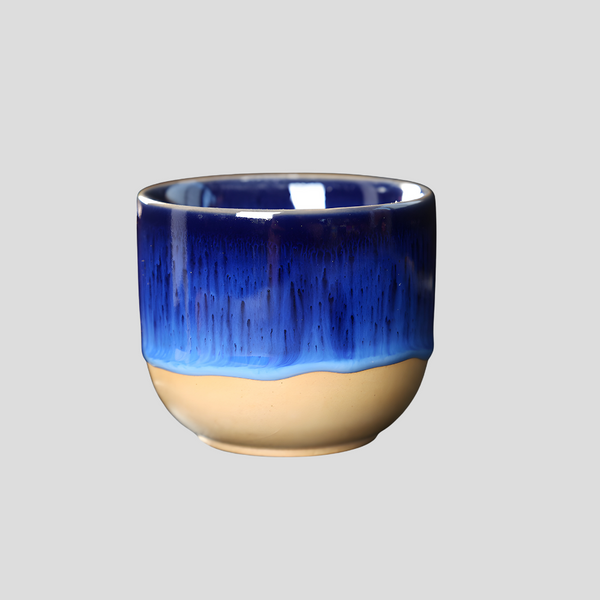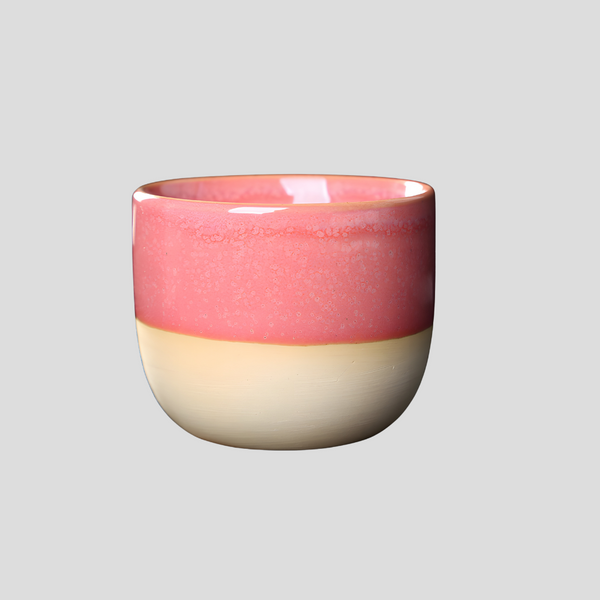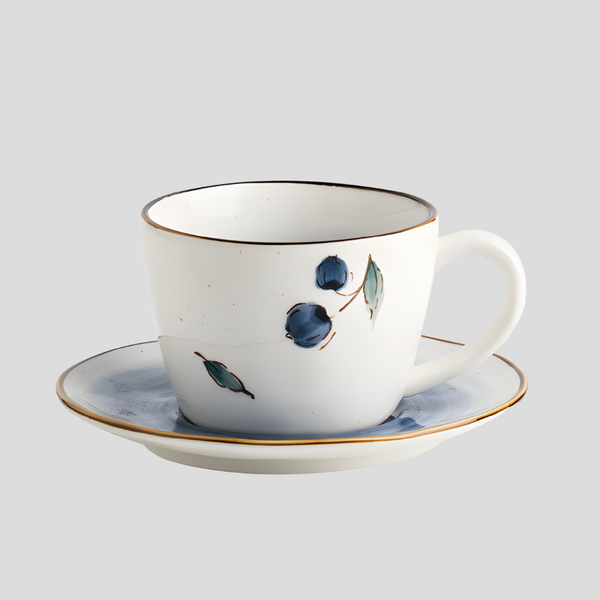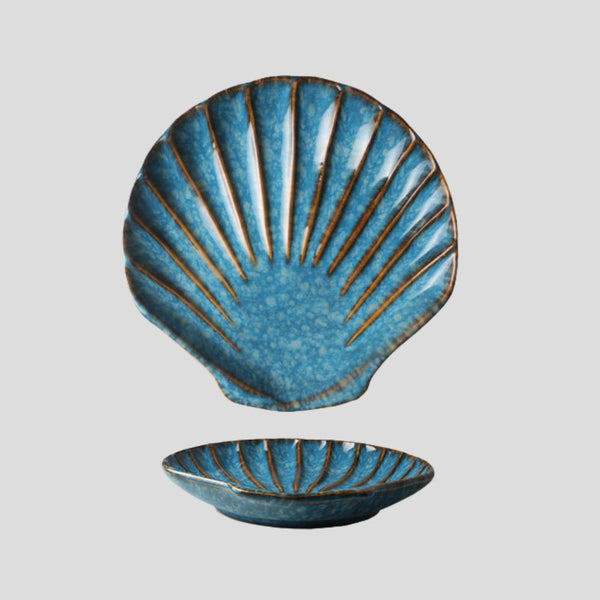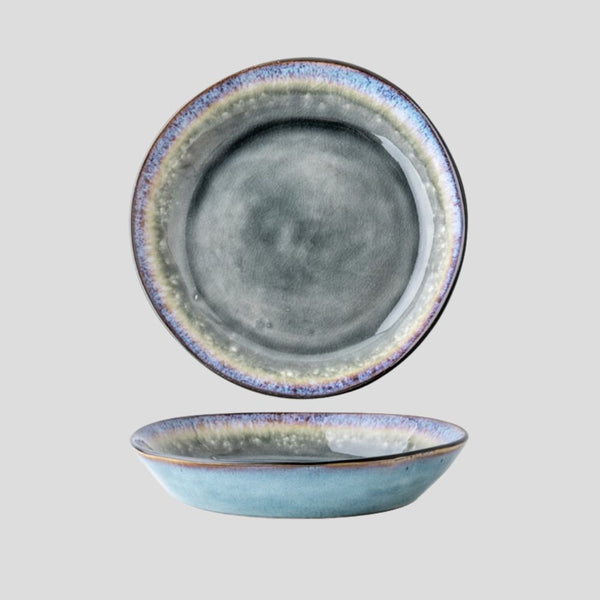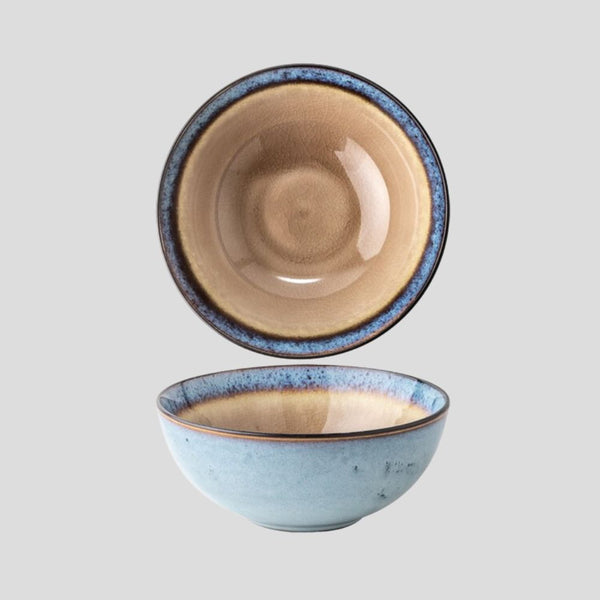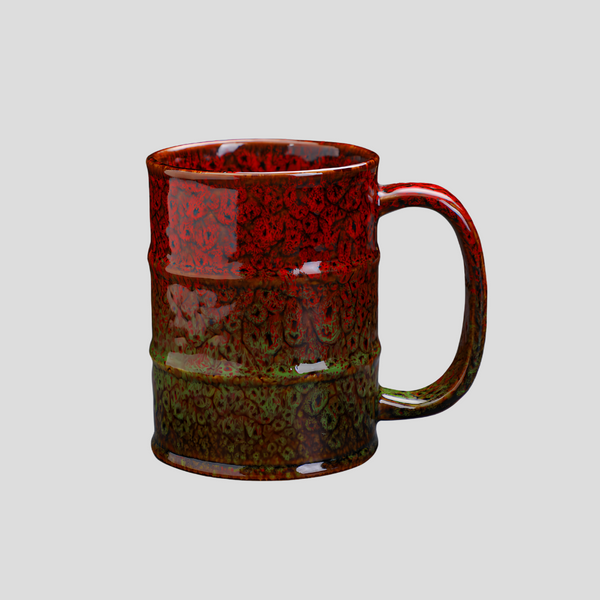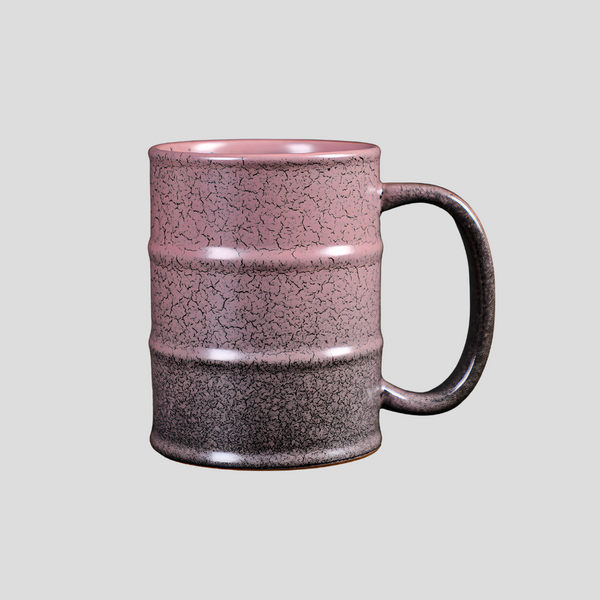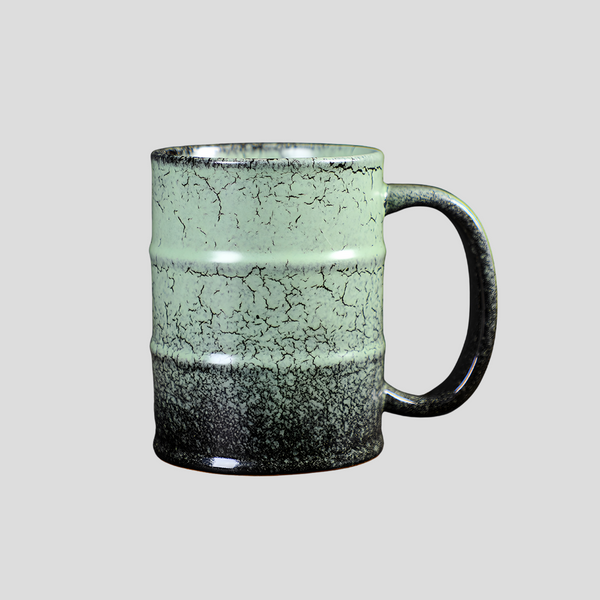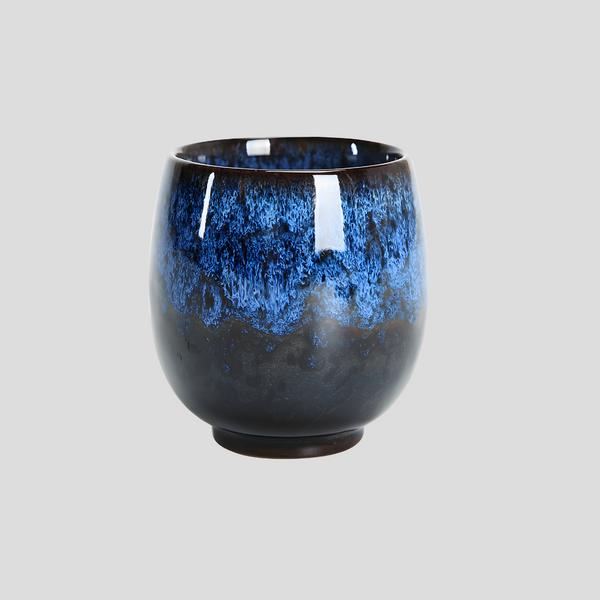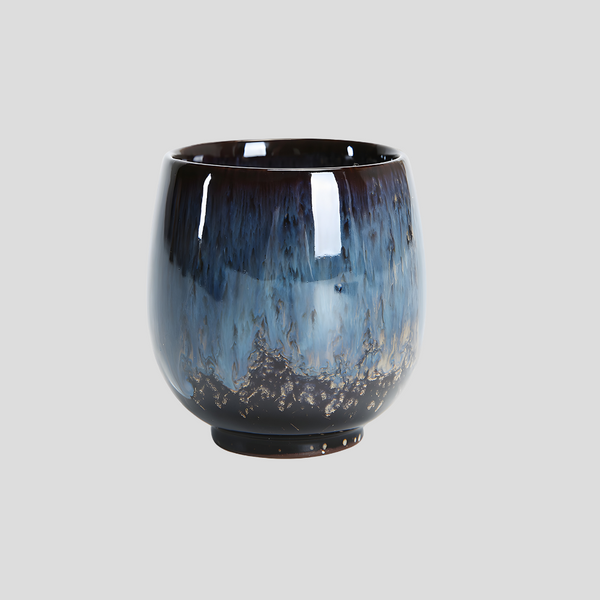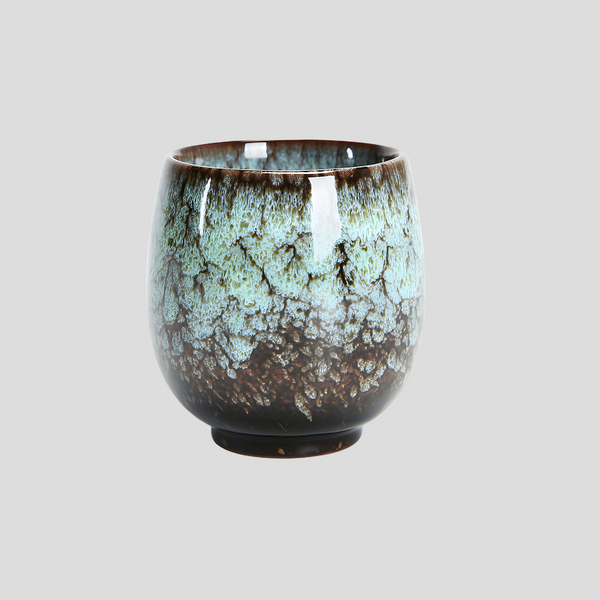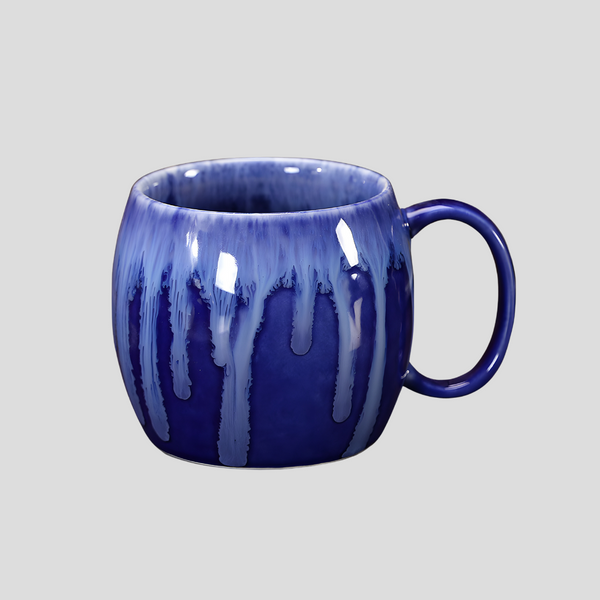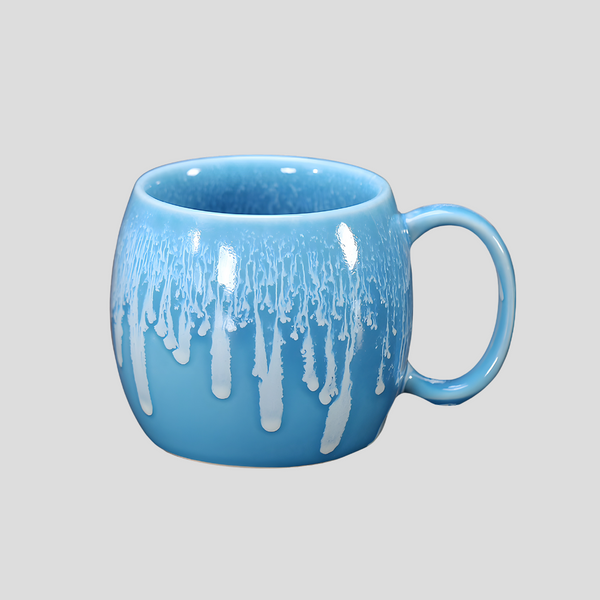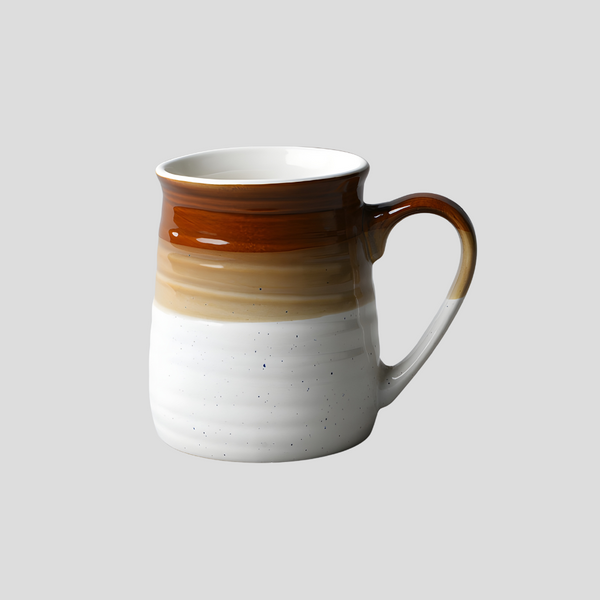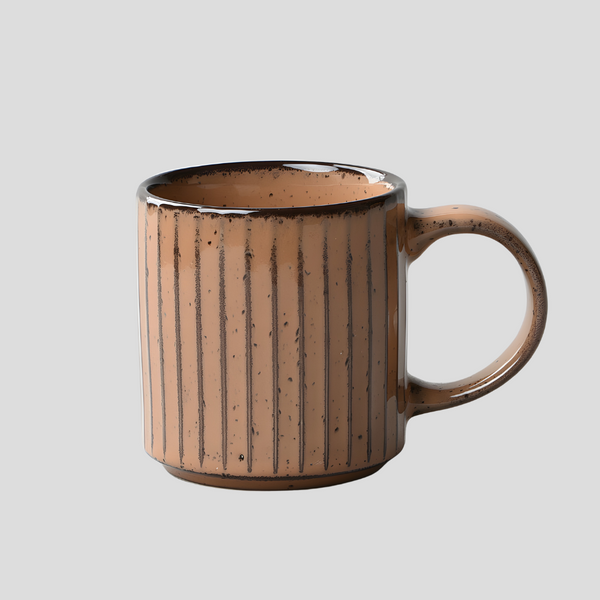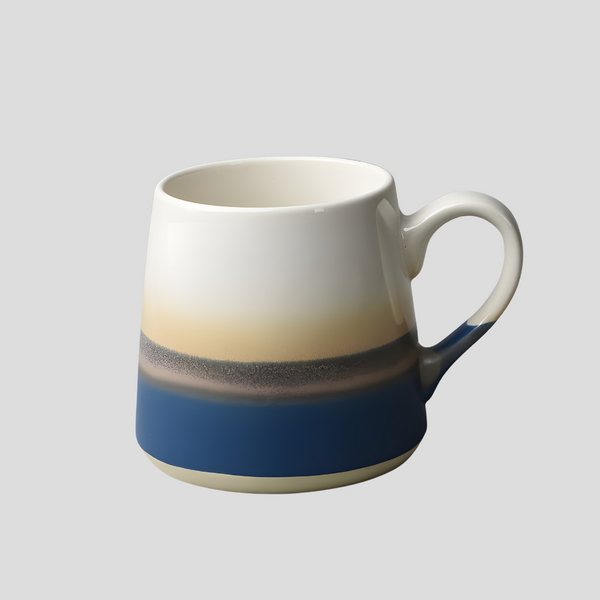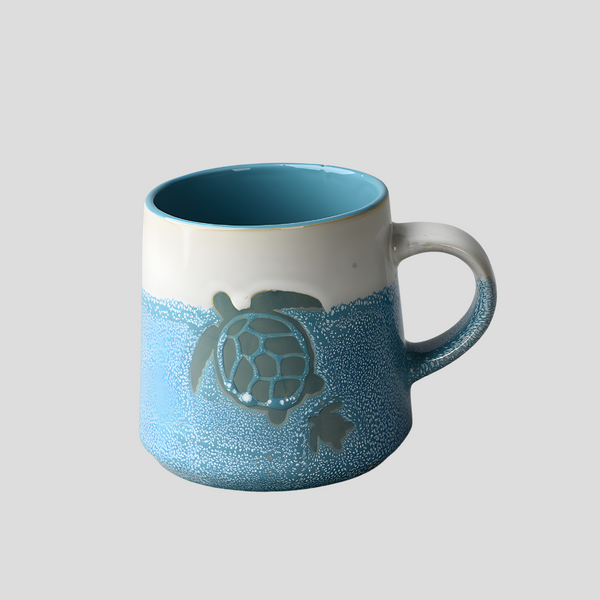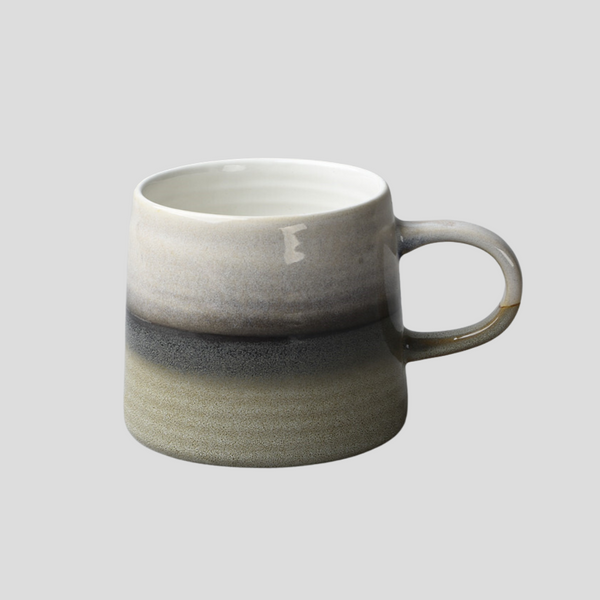
Mastering the Art of Pottery Firing
Understanding Pottery Firing
Pottery firing is an ancient craft technique that has been refined over thousands of years. Mastering it involves understanding the various firing methods, temperatures, and atmospheres that contribute to the final appearance and strength of ceramic pieces. Whether you are a beginner or an experienced potter, understanding the subtleties of firing can elevate your work from merely good to truly extraordinary.
Choosing the Right Kiln
The first step in mastering pottery firing is choosing the right kiln. There are several types of kilns, each suitable for different firing processes and outcomes. Electric kilns are great for beginners due to their ease of use and control. Gas kilns, on the other hand, can offer more flexibility in atmosphere, which can influence the final color and texture of the glaze. Wood-fired kilns provide a traditional approach that can achieve unique effects not possible with other types. When selecting a kiln, consider the types of pieces you plan to fire, your studio space, and your budget.
The Firing Process
Firing pottery is more than just baking clay; it's a carefully controlled process that transforms soft clay objects into hard, durable pieces. The process involves two main stages: bisque firing and glaze firing.
Bisque Firing
Bisque firing is the first firing and is done to harden the clay body and prepare it for glazing. This firing is generally done at a lower temperature range, typically between Cone 06 and Cone 04 (approximately 1828°F to 1940°F). The goal is to remove any physical and chemical water remaining in the clay, making it porous and ready to absorb glaze.
Glaze Firing
The second stage is glaze firing, where the bisqueware is coated with glaze and fired again to melt the glaze onto the surface. This can be done at a wide range of temperatures, depending on the clay body and the desired effects. For instance, earthenware is typically fired at lower temperatures, while stoneware and porcelain require higher temperatures to vitrify, usually between Cone 6 (2232°F) to Cone 10 (2381°F). The choice of temperature, ramp rate, and cooling rate can dramatically affect the texture, color, and durability of the final piece.
Atmosphere Control
The atmosphere inside the kiln during firing significantly impacts the outcome. In reduction firing, a reduction atmosphere is created by reducing the oxygen inside the kiln. This affects the colors of both the clay body and glazes, often deepening them. In contrast, an oxidation firing supplies plenty of oxygen, which can brighten colors and produce cleaner, more consistent results. Experimenting with different atmospheres can lead to unique and beautiful results, but it requires understanding and controlling the kiln's environment precisely.
Patience and Practice
Mastering the art of pottery firing is a journey that involves patience, practice, and continuous learning. Each firing can offer new insights and opportunities to refine your skills. It's essential to document your processes, noting the specific temperatures, timings, and atmospheres you used, and observing how these variables affect your results. Over time, you'll develop an intuitive understanding of how to achieve the effects you desire, making each piece a testament to your mastery of the firing process.
Conclusion
Pottery firing is a rich and complex craft that blends art with science. By understanding the different kiln types, mastering the bisque and glaze firings, controlling the kiln's atmosphere, and embracing the learning process, you can unlock the full potential of your ceramic work. With each firing, you have the opportunity to transform ordinary clay into extraordinary art, leaving your mark on one of humanity's oldest traditions.
Click this link to check out our ceramic artwork!
